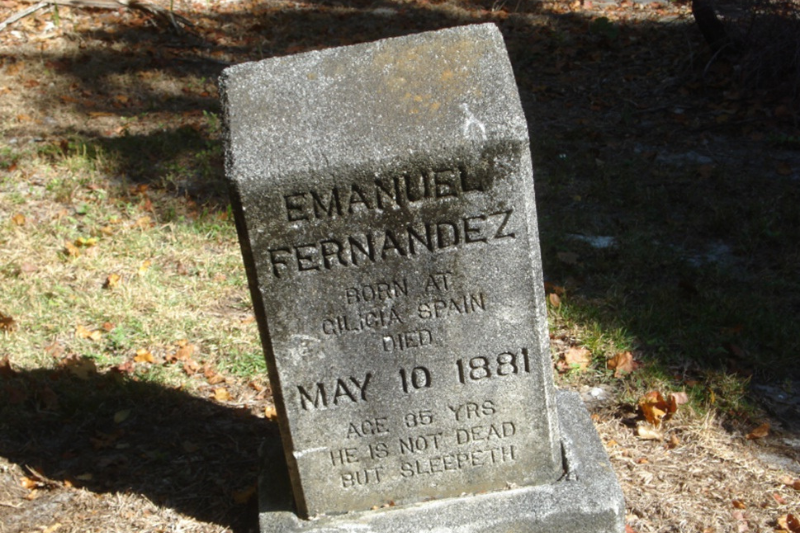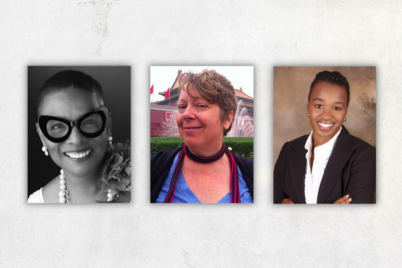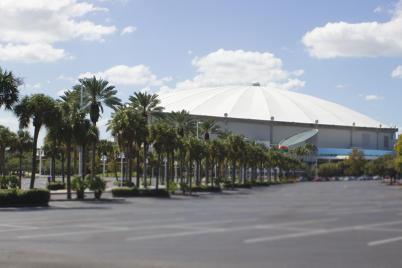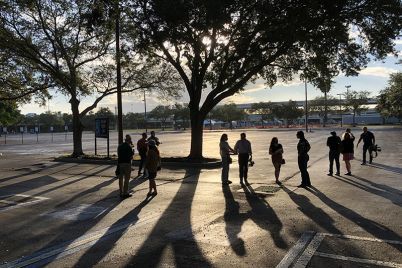A headstone from Glen Oaks cemetery. Photo by James Schnur
BY JAMES A. SCHNUR, The Gabber
ST. PETERSBURG — A trip through the diverse Midtown area of St. Petersburg might give an outsider the wrong impression about the cemeteries where families laid early Black settlers to rest. Some neighborhoods in this area – including Childs Park, Cromwell Heights, Fruitland Heights, Lake Maggiore Shore and Thirteenth Street Heights – have churches that primarily serve Black worshipers with well-kept cemeteries on their grounds.
Those unfamiliar with St. Petersburg’s history might assume that these churches have always served Black congregations. They would be incorrect. Indeed, in many cases, most if not all of the gravesites at these churches have white people buried within them. Customs and traditions once prevented Blacks from burying their loved ones at these locations.
Restrictive covenants and overt racism prohibited Black people from moving into these neighborhoods or worshiping in many churches until the 1950s or later. The Glen Oak Cemetery, located between 26th and Auburn streets, approximately two blocks north of 22nd Avenue South, became the first established cemetery in what is present-day St. Petersburg when Miss Emma B. Kimball was buried there in 1874.
Her burial occurred approximately 14 years before the Orange Belt Railway arrived. At that time, St. Petersburg did not even exist. A small church originally built on that site served pioneer residents.
Today, only a few headstones remain and the current church at the site, St. Jude United Holiness Church, serves a different population. Although this cemetery sits in the heart of Midtown, it has no known Black burials from its earliest years.
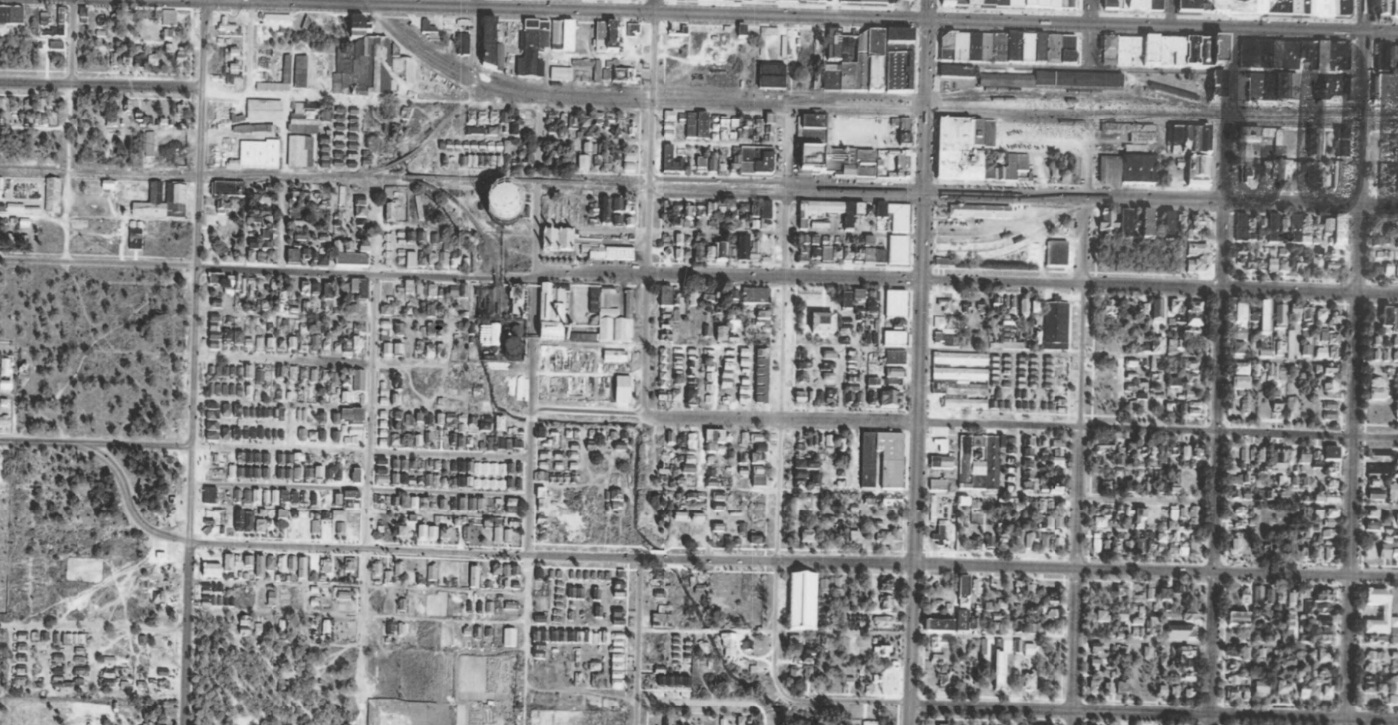
Gas Plant Area, aerial photo from 1943, pre-demolition. Courtesy of the University of Florida.
Patterns of segregation and urban renewal
The two earliest segregated communities for Black people in St. Petersburg were Methodist Town (sometimes known as Jamestown or James Park) and the Gas Plant area (with parts of it also known as Pepper Town for the peppers once commonly grown there).
A handful of older structures, such as the Bethel African Methodist Episcopal Church, do exist in Methodist Town, located south of Interstate 375, north of Arlington Avenue North, and west of Dr. Martin Luther King Jr. Street North.
Heavy equipment bulldozed and buried over portions of the Gas Plant district in successive waves during the 1970s and 1980s to construct Interstate 275 and its spur, Interstate 175, as well as to clear the site for parking and facilities at the Florida Suncoast Dome, later renamed Tropicana Field.
Black churches within the Gas Plant area that may have had small cemeteries disappeared by the mid-1980s and asphalt parking lots covered the former footprint of homes, streets, churches, social areas and businesses before 1990.
Long before these urban renewal projects, earlier initiatives removed the first cemeteries for Black residents. Three cemeteries existed on lands south of 3rd Avenue South and west of 16th Street. Oaklawn Cemetery occupied 12 acres between 3rd and 5th avenues South. Moffett and Evergreen cemeteries were located to the south of Oaklawn.
Moffett Cemetery traced its origins to 1888, the year the Orange Belt Railway connected the tiny settlement of St. Petersburg with the outside world. Located at the western edge of the Gas Plant community, Moffett became the first legitimate cemetery where Black people could bury loved ones in lower Pinellas.
Moffett occupied lands southwest of groves originally planted by David Moffett, a settler who arrived in 1881 and became St. Petersburg’s first mayor after the village incorporated in 1892. Moffett Cemetery had burials of both races, but most burials by the early 1900s were of Black residents.
Oaklawn and Evergreen began accepting burials by 1900. Oaklawn had separate burial areas based upon race. Evergreen’s two acres were set aside for Blacks. Something these three cemeteries had in common was a history of poor record-keeping and maintenance. By the 1920s, the locations of some burial sites became difficult to distinguish.
Land pressures during the real estate boom prompted St. Petersburg’s city officials to prohibit further burials at these three cemeteries by 1926. White bodies went to other cemeteries that accepted only whites. Many Black bodies went to Lincoln. Due to the poor documentation of graves, some burial plots were overlooked.
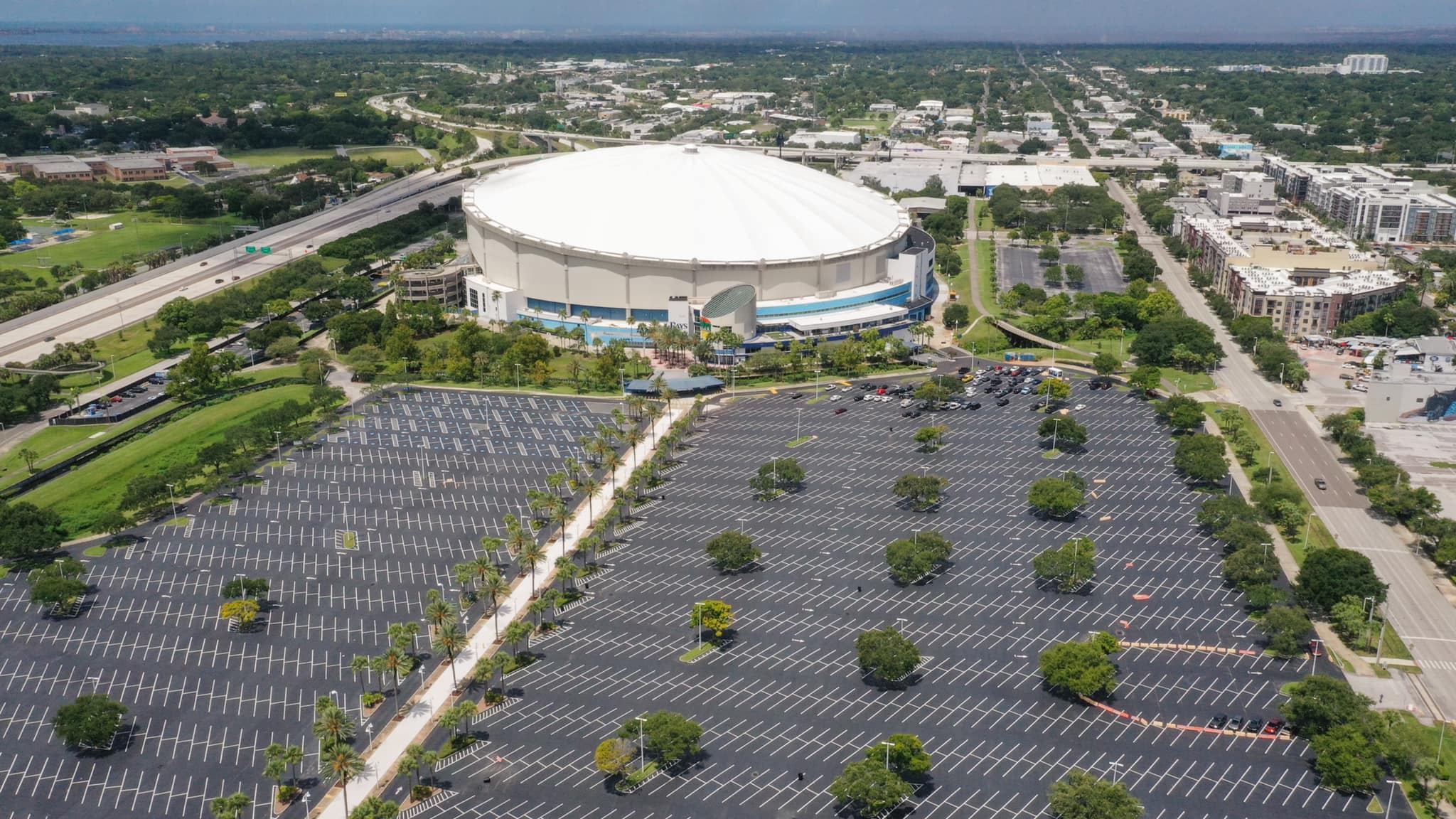
Present-day Tropicana Field. Photo courtesy of the City of St. Petersburg.
N.I.M.B.Y. in “God’s Waiting Room”
From the 1920s through the 1950s, the Sunshine City attracted a large number of retirees. By the 1960s, St. Petersburg gained a reputation as “God’s waiting room.” Customs ensured that separate waiting rooms – along with residential areas, schools, and other facilities – existed for Blacks during this time.
Patterns of residential segregation along with the targeted placement of industrial enterprises and other “unwanted” but necessary businesses often follows a practice that separates “desirable” neighborhoods from “undesirable” enclaves. The acronym used to refer to “undesirable” people and entities that are kept out of “desirable” areas is N.I.M.B.Y.: Not In My Back Yard.
The city tried to gain absolute control of Evergreen, Moffett, and Oaklawn through quit-claim deeds and other methods to promote redevelopment. At around the same time, “slum-clearance” efforts in the overcrowded Gas Plant area during the 1920s and 1930s opened new areas for Black people to settle along 22nd Street South, in Jordan Park, and areas west toward Gibbs High School, a campus that opened in 1927.
Bodies remained here and there at Evergreen, Moffett, and Oaklawn, but the passage of time and accumulation of debris made it impossible to locate them with certainty by the 1940s. Bulldozers had wiped out some of the remaining headstones by 1949. Crews cleared much of Oaklawn during the summer of 1949 to build the Royal Court Apartments, a housing development for non-whites that opened in 1950.
By one estimate, approximately 450 bodies remained at Moffett and Evergreen in June 1953, while others believed the site had somewhere between 50 and 100 bodies at that time. Residents of Royal Court occasionally talked about the bodies buried underneath where they lived, as well.
Nearly 30 years after their closure, Evergreen, Moffett, and Oaklawn were the only cemeteries mentioned by name in St. Petersburg’s revised 1955 ordinances. These regulations were carry-overs from the 1920s that specifically mentioned them as places that must be closed and prohibiting any additional burials at them. In the mid-1950s, the city’s charter then in effect continued to call for racial segregation as well.
The St. Petersburg Housing Authority bought Royal Court in 1966, renamed the development Laurel Park, and these structures stood until demolished to create parking spaces (Lots 1 through 3) at Tropicana Field. After years of neglect, evidence of the original African American gravesites had vanished.
As St. Petersburg’s city leaders envision the future of the Tropicana Field site – whether or not the Tampa Bay Rays continue to play there – they must remember its complicated past. Three cemeteries that stood in the way of development were dismembered, as were many of the bodies buried within them. Urban renewal and the city’s quest for a Major League Baseball team eradicated a historically Black neighborhood.
After Evergreen, Moffett and Oaklawn no longer accepted burials, Lincoln Cemetery offered one option. Black people in southern Pinellas had another option – one even more remote and secluded than Lincoln.
In our next installment of “A Grave Situation,” we examine a cemetery in an area surrounded by groves and forest, a place now just a few steps from Seminole High School.

